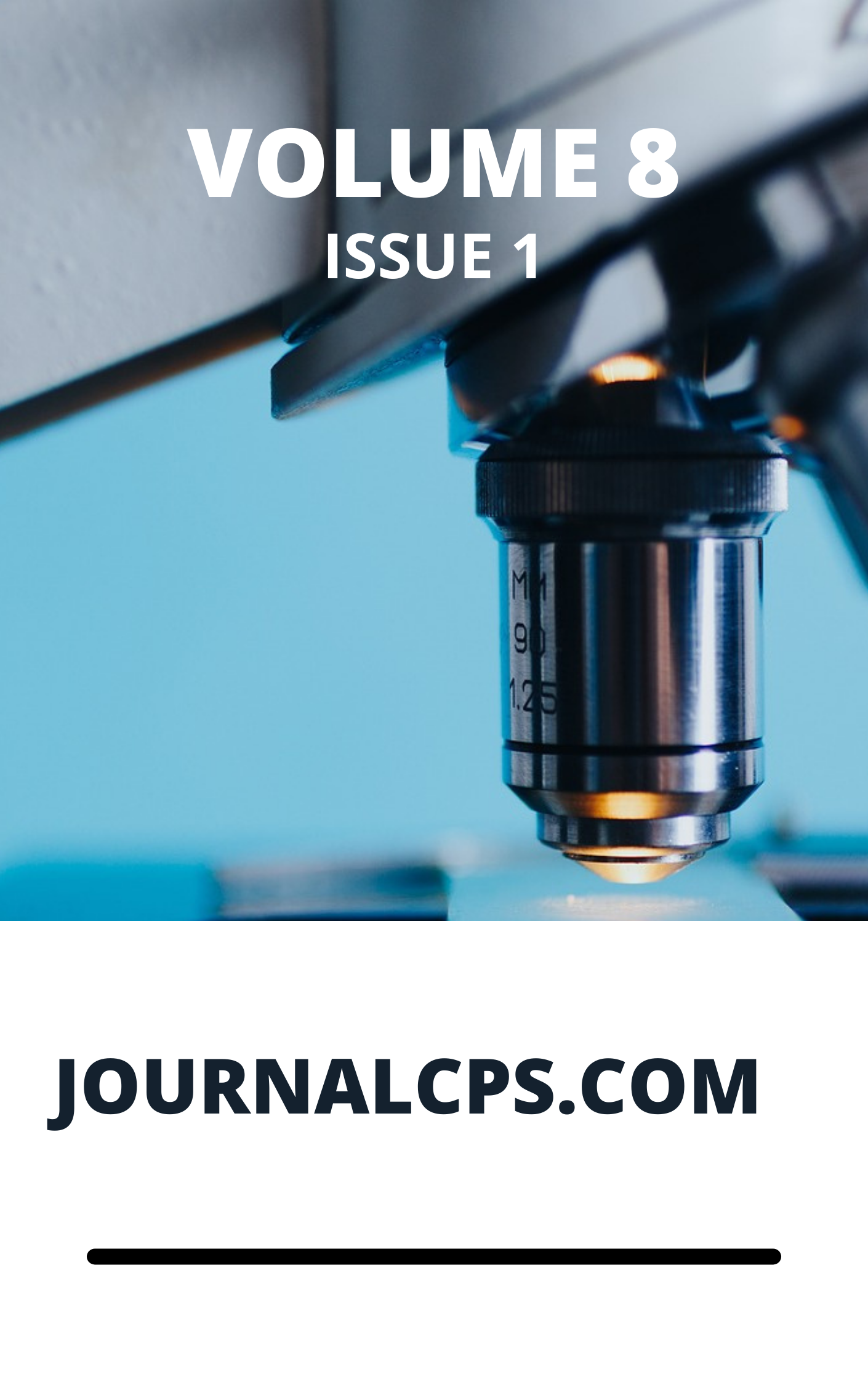Synthesis of Some Schiff Bases and Investigation of their Corrosion Inhibition Efficiencies for Aluminum in Acidic Media
Keywords:
Corrosion, aluminum, acid media, inhibition, Schiff basesAbstract
O. Aliyu, F. E. Awe, M. D. Faruruwa and T. E. Abawua
In this study, the effectiveness of some synthesized Schiff bases as corrosion inhibitors was investigated using gravimetric and FTIR methods. The Schiff bases were characterized using Fourier transform infrared spectroscopy (FTIR). The Schiff bases having different ligands ((namely, ligand (L), copper ligand (CuL), and iron ligand (FL))) were investigated for their efficiencies towards the inhibition of the corrosion of aluminum in HCl (0.1 M) and H2SO4 (0.05 M) respectively using gravimetric method. The results show good inhibition efficiencies that increase with an increase in the concentration of the inhibitor but decrease with a temperature rise and with the period of contact. Langmuir adsorption isotherm best fitted the adsorption characteristics of the inhibitors and the adsorption was spontaneous, endothermic, ordered, and consistent with the mechanism of physical adsorption. The synthesized Schiff bases are therefore considered as useful products for the inhibition of the corrosion of aluminum in HCl and H2SO4 media. However, efficiency towards inhibition is better in H2SO4 than in HCl due to passivation sustenance.
Downloads
Published
Issue
Section
Most read articles by the same author(s)
- F. E. Awe, Adsorptive studies of the inhibitive properties of ethanolic extracts of Parinari polyandra on Mild steel in acidic media , Communication In Physical Sciences: Vol. 4 No. 1 (2019): VOLUME 4 ISSUE 1
Similar Articles
- Fatima Binta Adamu, Muhammad Bashir Abdullahi, Sulaimon Adebayo Bashir, Abiodun Musa Aibinu, Conceptual Design Of A Hybrid Deep Learning Model For Classification Of Cervical Cancer Acetic Acid Images , Communication In Physical Sciences: Vol. 12 No. 2 (2025): VOLUME 12 ISSUE 2
- Augustine Odiba Aikoye, Theoretical and Biochemical Information studies on Compounds Detected in GCMS of Ethanol Extract of Chromolaena odorate Leaf , Communication In Physical Sciences: Vol. 6 No. 1 (2020): VOLUME 6 ISSUE 1
- Usman Ibrahim, Musa Muhammad, Yakubu Azeh, Muhammad Umar Badeggi , Isolation and Synthesis of Cellulose Nanofibers From Cassava Inner Peel Using Phosphoric Acid , Communication In Physical Sciences: Vol. 12 No. 2 (2025): VOLUME 12 ISSUE 2
- Ibrahim Isyaku, Isaac A. Bello, I. G. Ndukwe, I. G. Kizito, Isolation and Characterization of Nonanoic Acid from Ethyl Acetate Extract of Adenodolichos paniculatus (hua) Hutch. & Dalz (Fabaceae) , Communication In Physical Sciences: Vol. 5 No. 3 (2020): VOLUME 5 ISSUE 3
- Simbiat Atinuke Lawal, Samuel Omefe, Adeseun Kafayat Balogun, Comfort Michael, Sakiru Folarin Bello, Itunu Taiwo Owen, Kevin Nnaemeka Ifiora, Circular Supply Chains in the Al Era with Renewable Energy Integration and Smart Transport Networks , Communication In Physical Sciences: Vol. 7 No. 4 (2021): VOLUME 7 ISSUE 4
- M. M. Ndamitso, M. Musah, J. T. Mathew, V. T. Bissala, Comparative Nutritional Analysis of Daddawa Made from Fermented Parkia biglobosa and Glycine max Seeds , Communication In Physical Sciences: Vol. 5 No. 3 (2020): VOLUME 5 ISSUE 3
- Akens Hamilton-Amachree , Ngozi M. Uzoekwe, Phytoconstitution and Antimicrobial Activity of Costus Lucanusianus Floral Volatile Extract , Communication In Physical Sciences: Vol. 9 No. 1 (2023): VOLUME 9 ISSUE 1
- B. Myek, S. O. Idris, A. D. Onu, M. K. Yakubu, Kinetics and Mechanism of the Oxidation of Orange II by Chlorate Ion in Aqueous Hydrochloric Acid , Communication In Physical Sciences: Vol. 5 No. 2 (2020): VOLUME 5 ISSUE 2
- Edoise Areghan, From Data Breaches to Deepfakes: A Comprehensive Review of Evolving Cyber Threats and Online Risk Management , Communication In Physical Sciences: Vol. 9 No. 4 (2023): VOLUME 9 ISSUE 4
- Ovie Benedict Enivwenae, Determination of pH and Hydroquinone Concentration in Selected Bleaching Creams Used By Some Students Of Delta State University Abraka , Communication In Physical Sciences: Vol. 11 No. 2 (2024): VOLUME 11 ISSUE 2
You may also start an advanced similarity search for this article.




